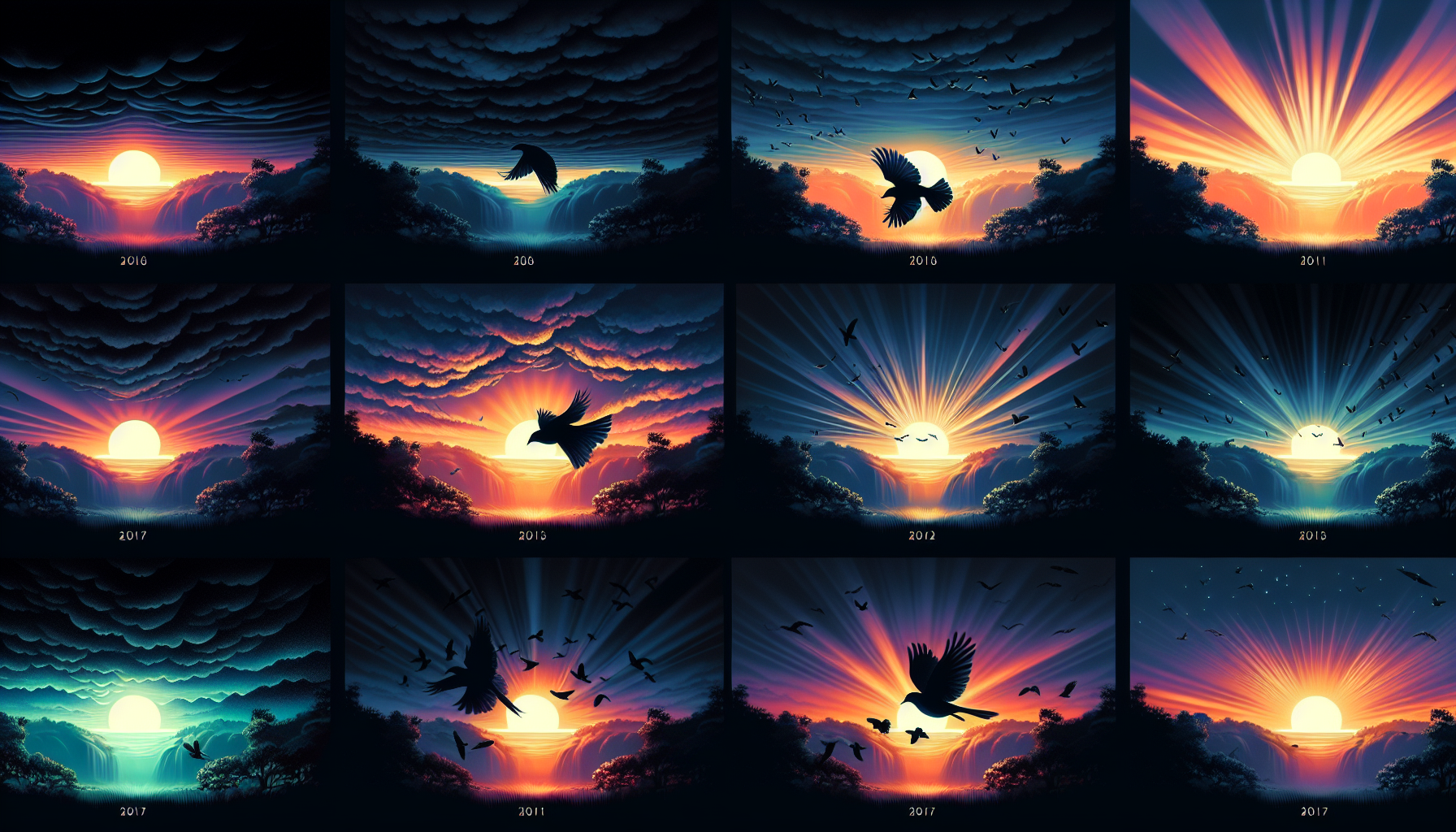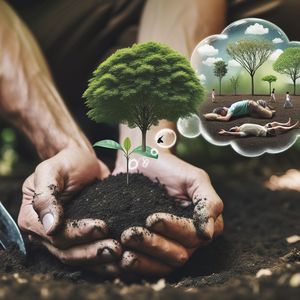The Role of Storytelling in Preserving Traditions

Oral histories are more than just tales; they are the lifeblood of culture. They encapsulate the experiences of people, providing a narrative that captures the essence of a community's values and beliefs. For instance, Indigenous tribes often rely on storytelling to transmit knowledge about their history, spirituality, and relationship with nature. These stories, often filled with metaphors and lessons, serve as a guide for younger generations, teaching them about their roots and the importance of their heritage. One poignant example is the Native American practice of storytelling, where elders narrate tales that embody moral lessons and communal values. Such stories, like the creation myths of the Navajo or the legends of the Lakota, are not only entertaining but also act as a means of instilling a sense of identity and belonging among community members. The story of the Navajo "First Man" and "First Woman," for example, emphasizes the importance of harmony with nature and respect for the land—values that remain relevant today.
Celebrating the Past While Facing Present Challenges
Storytelling does not merely celebrate the past; it also equips communities to navigate present challenges. In times of crisis, narratives can offer solace and a sense of direction. For example, during the COVID-19 pandemic, many communities turned to storytelling as a way to cope with isolation and uncertainty. Virtual storytelling sessions became a means of connecting individuals, sharing experiences, and fostering a sense of solidarity. Such gatherings not only provided a platform for sharing personal struggles but also reinforced the idea that communities could overcome adversity together. Moreover, storytelling plays a crucial role in addressing social issues. Through narratives, marginalized voices can share their experiences, bringing attention to injustices and fostering empathy among listeners. The rise of platforms like podcasts and social media has facilitated this exchange, allowing stories that were once confined to specific communities to reach a global audience. The #MeToo movement, for instance, has empowered individuals to share their stories of resilience and struggle, highlighting the importance of collective narratives in advocating for change.
The Intergenerational Bridge
One of the most profound aspects of storytelling is its ability to create an intergenerational bridge. As elders share their stories, they impart wisdom and knowledge, fostering a sense of respect and understanding between generations. This exchange is vital for cultural continuity, ensuring that younger members of the community understand their heritage while also feeling empowered to contribute to its evolution. In many African cultures, storytelling sessions are communal events where young and old gather to share tales. This practice not only strengthens bonds within the community but also allows the youth to learn from the past while developing their own narratives. For example, the Griot tradition in West Africa involves storytellers who preserve genealogies, historical events, and cultural practices through oral performance. These interactions are essential for preserving cultural identity, especially in a world increasingly influenced by globalization.
Storytelling is an invaluable tool for preserving traditions, acting as a vessel for cultural identity, intergenerational connection, and social awareness. As communities face an ever-changing landscape, the narratives they share will continue to play a crucial role in shaping their identity and values. The question of what motivates people to cling to traditions over progress often finds its answer in the stories that define them. Embracing storytelling not only honors the past but also equips future generations with the lessons and wisdom needed to navigate their own paths. In a world that often seems chaotic and fragmented, the timeless art of storytelling remains a beacon of hope and continuity, reminding us of the power of shared experiences and the importance of our collective heritage. By valuing and preserving these narratives, we ensure that the richness of our cultural tapestry endures for generations to come.
Cultural Heritage Program Coordinator
Local cultural organizations, museums, nonprofit organizations focused on heritage preservation
Core Responsibilities
Develop and implement programs that promote cultural heritage and storytelling within local communities.
Collaborate with cultural organizations, schools, and community leaders to organize workshops and storytelling events.
Evaluate the effectiveness of programs through community feedback and participation metrics.
Required Skills
Strong communication and interpersonal skills to engage diverse community members.
Experience in project management and event planning.
Knowledge of cultural heritage preservation practices and community engagement strategies.
Oral Historian
Academic institutions, historical societies, cultural heritage organizations
Core Responsibilities
Conduct interviews and gather oral histories from individuals and communities to document personal narratives and cultural experiences.
Analyze and interpret collected data to create accessible storytelling resources.
Collaborate with archivists and historians to preserve oral histories in various formats, including written, audio, and visual.
Required Skills
Proficiency in qualitative research methods and interviewing techniques.
Strong writing and editing skills to create compelling narratives from oral histories.
Familiarity with audio and video recording equipment for documentation purposes.
Community Engagement Specialist
Nonprofit organizations, community centers, educational institutions
Core Responsibilities
Design and implement outreach strategies to engage community members in storytelling initiatives and cultural programs.
Facilitate workshops and events that encourage participants to share their stories and cultural experiences.
Build partnerships with local organizations, schools, and community groups to expand outreach efforts.
Required Skills
Excellent public speaking and presentation skills to effectively engage diverse audiences.
Ability to create inclusive environments that welcome varied cultural expressions.
Experience in social media and digital communication to promote storytelling initiatives.
Digital Storytelling Producer
Media production companies, educational institutions, nonprofit organizations focused on community storytelling
Core Responsibilities
Create compelling digital narratives that capture community stories through multimedia formats, including video, podcasts, and interactive websites.
Collaborate with community members to gather content, ensuring authentic representation of their stories.
Manage project timelines, budgets, and production schedules for storytelling projects.
Required Skills
Proficiency in video editing software, audio production tools, and graphic design.
Strong storytelling skills with a focus on digital platforms and audience engagement.
Understanding of cultural sensitivity and ethics in storytelling practices.
Folklorist
Universities, cultural heritage organizations, museums, and research institutions
Core Responsibilities
Research, document, and analyze folk traditions, narratives, and cultural practices within specific communities.
Conduct fieldwork to collect stories, songs, and customs, preserving them for future generations.
Publish findings in academic journals, books, or community reports to promote awareness of cultural heritage.
Required Skills
Strong research skills, including ethnographic methods and archival research.
Ability to work collaboratively with communities to gain trust and ensure accurate representation.
Proficiency in writing and presenting findings to both academic and public audiences.


